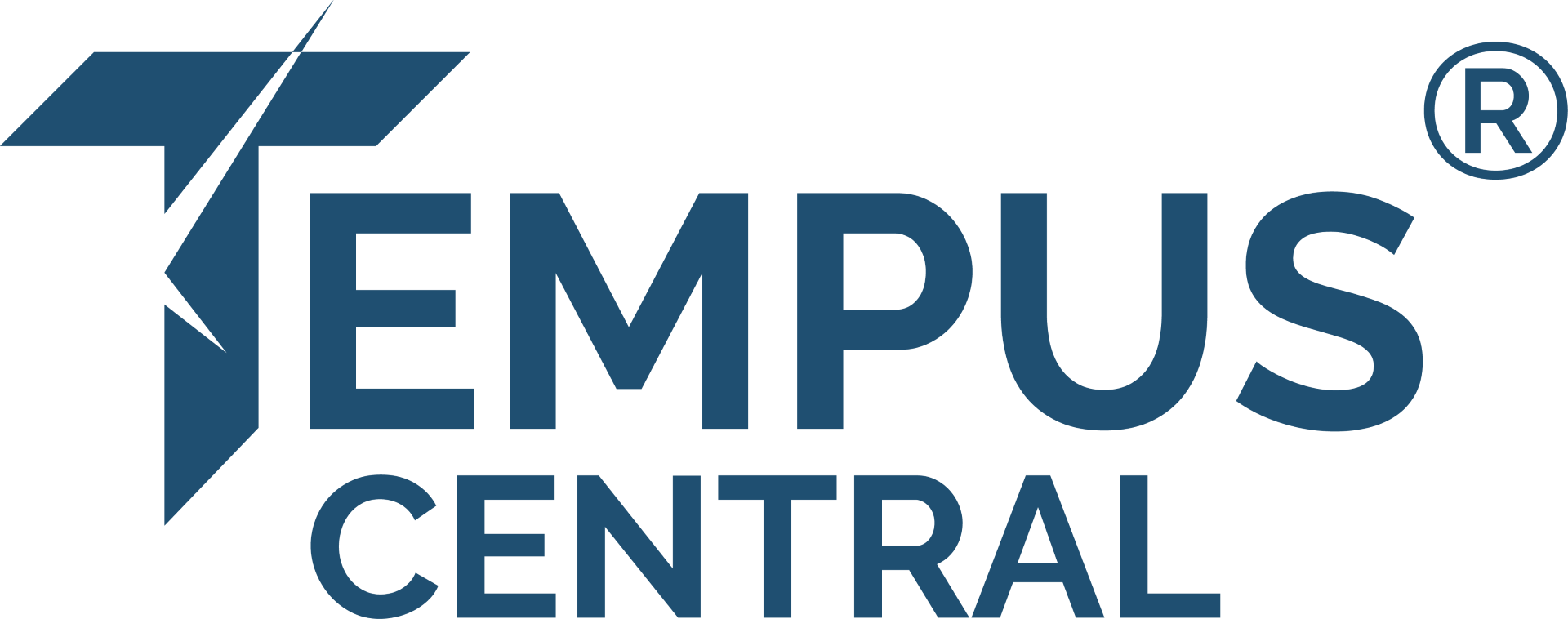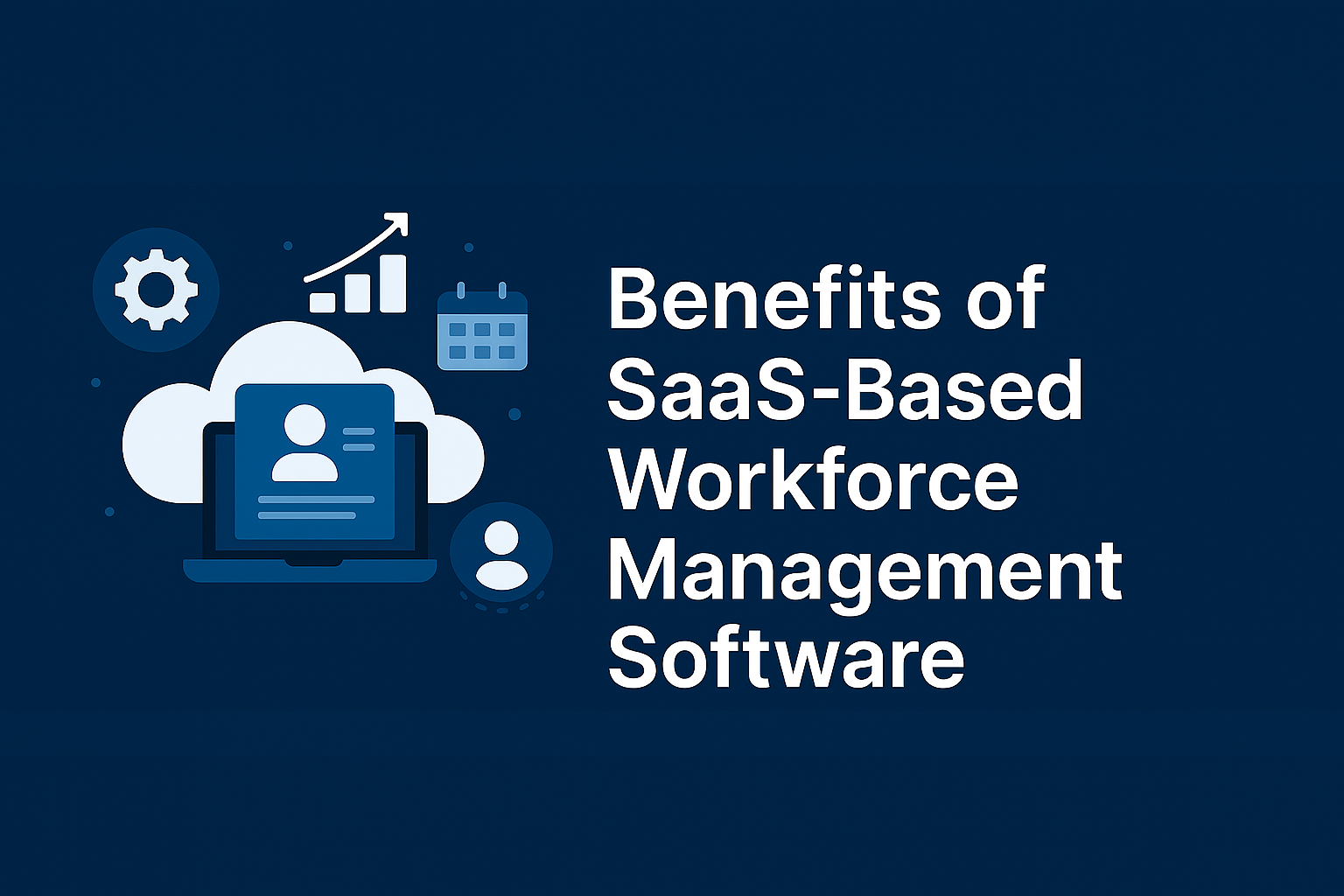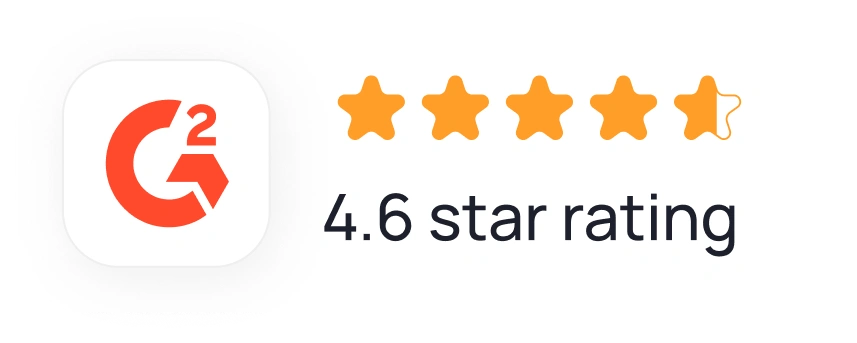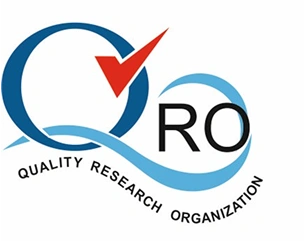In today’s fast-paced business environment, managing a workforce efficiently is critical for organizational success. Traditional on-premise solutions often come with high upfront costs, complex maintenance, and limited scalability. This is where SaaS-based Workforce Management (WFM) software steps in as a game-changer.
1. Cost Efficiency
SaaS solutions eliminate the need for heavy infrastructure investments. Businesses pay a subscription fee, which includes updates, maintenance, and support. This predictable pricing model helps organizations manage budgets effectively.
2. Scalability and Flexibility
As your workforce grows or changes, SaaS platforms can scale effortlessly. Whether you need to add new users, integrate additional modules, or expand to multiple locations, SaaS systems adapt without major disruptions.
3. Real-Time Data and Analytics
Modern WFM SaaS tools provide real-time insights into employee performance, attendance, and productivity. Managers can make data-driven decisions quickly, improving operational efficiency and reducing compliance risks.
4. Accessibility and Mobility
With cloud-based architecture, employees and managers can access the system from anywhere, using any device. This is especially valuable for remote teams and businesses with multiple branches.
5. Automatic Updates and Compliance
SaaS providers handle software updates and ensure compliance with labor laws and regulations. This reduces the burden on internal IT teams and minimizes the risk of non-compliance penalties.
6. Enhanced Security
Leading SaaS vendors invest heavily in data security, offering encryption, multi-factor authentication, and regular audits. This ensures sensitive workforce data remains protected.
7. Integration Capabilities
SaaS WFM solutions easily integrate with payroll, HR, and ERP systems, creating a unified ecosystem that streamlines processes and reduces manual work.
Conclusion:
SaaS-based Workforce Management software like Tempus Central empowers businesses with agility, cost savings, and advanced capabilities. By adopting a cloud-first approach, organizations can focus on strategic growth while leaving the complexities of workforce management to a reliable, scalable solution.


































